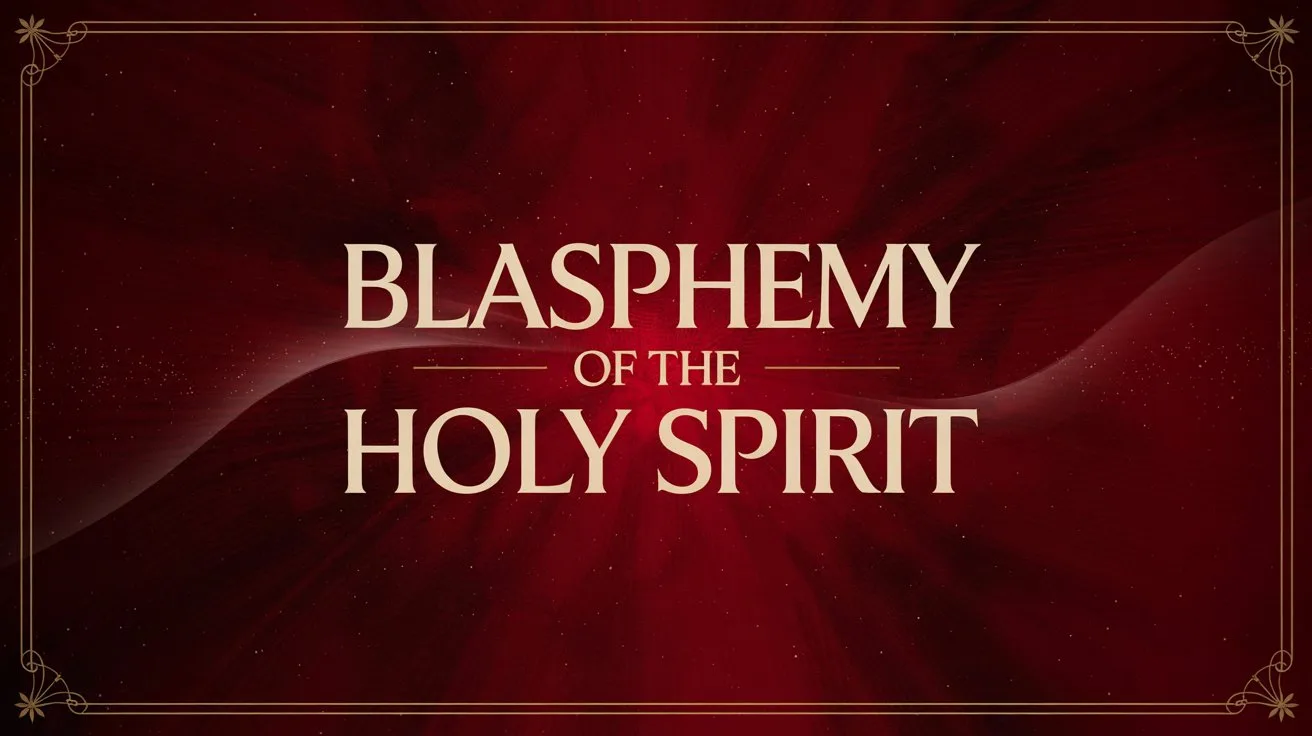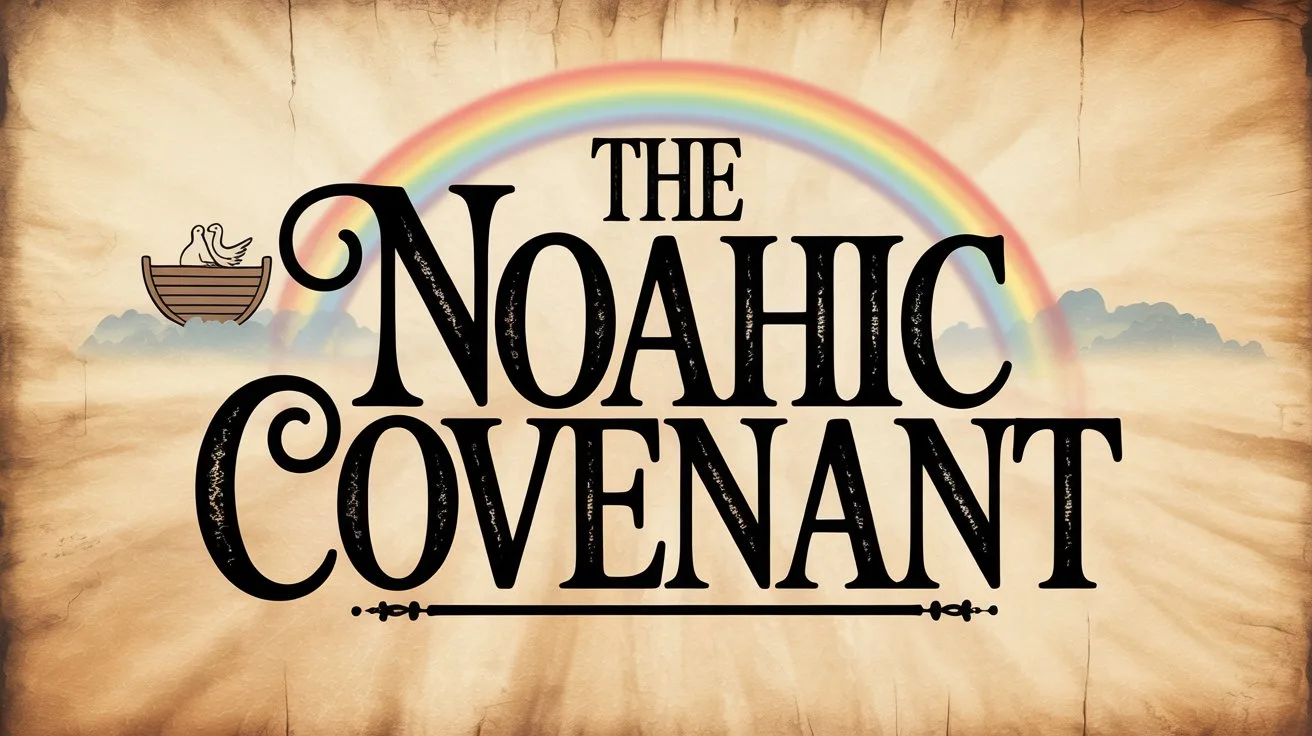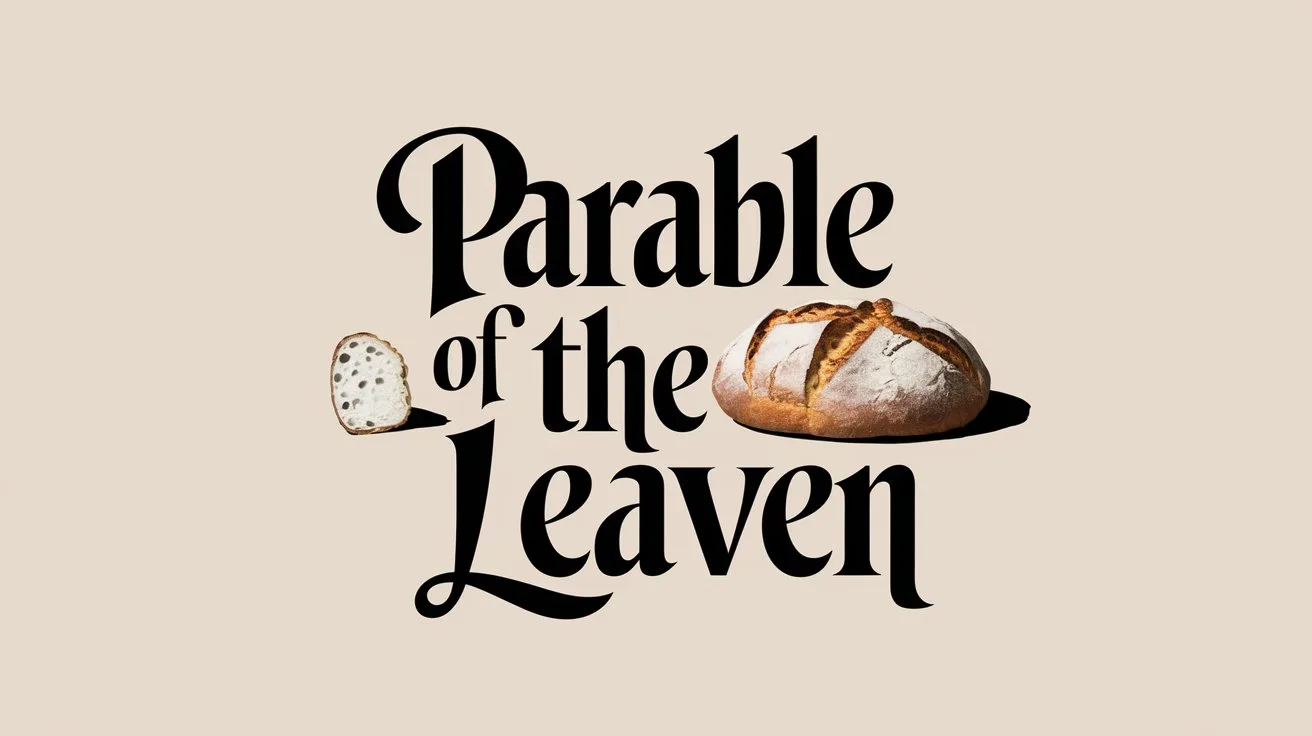Camels are mentioned frequently in the Bible, symbolizing wealth, endurance, and utility in desert life. They were valuable animals used for transportation, carrying loads, and even as a sign of prosperity.
Camels first appear in Genesis 12:16 when Pharaoh gave them to ai/”>Abram as part of a wealth package:
“He treated Abram well for her sake… he had sheep, oxen, male donkeys, male and female servants, female donkeys, and camels.”
They are most famously involved in the account of Rebekah in Genesis 24. Abraham’s servant traveled with ten camels to find a wife for Isaac, and Rebekah watered them, an act that confirmed her as God’s chosen woman. Genesis 24:19 says:
“When she had finished giving him a drink, she said, ‘I will draw water for your camels also…’”
Camels were also used in military contexts and trade caravans. In Judges 6–7, the Midianites are described as numerous with camels “without number” (Judges 7:12), reflecting their military strength.
Jesus mentioned camels in a hyperbolic statement to illustrate the difficulty of a rich man entering the kingdom of God. Matthew 19:24 says:
“It is easier for a camel to go through the eye of a needle than for a rich man to enter the kingdom of God.”
This statement emphasized how wealth can become a barrier to faith and dependence on God.
Camels were also listed among the unclean animals in Leviticus 11:4, not to be eaten, despite their usefulness.
Symbolically, camels represent both the blessing of material provision and a caution against trusting in riches. They were beasts of burden, essential for survival and prosperity in the ancient Near East, but they also serve as a backdrop for deeper spiritual lessons in Scripture.







